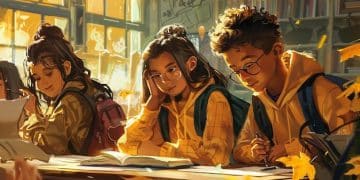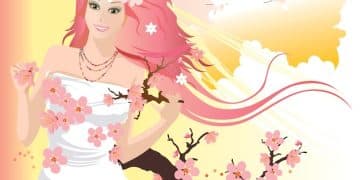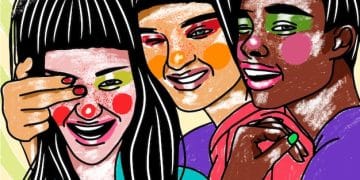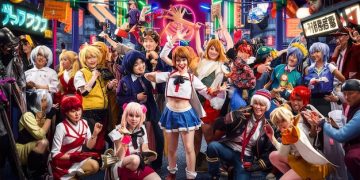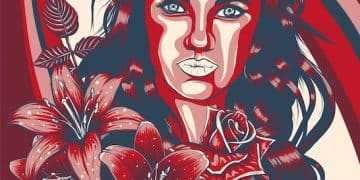Unveiling the Charm of Shojo Manga: A Comprehensive Review
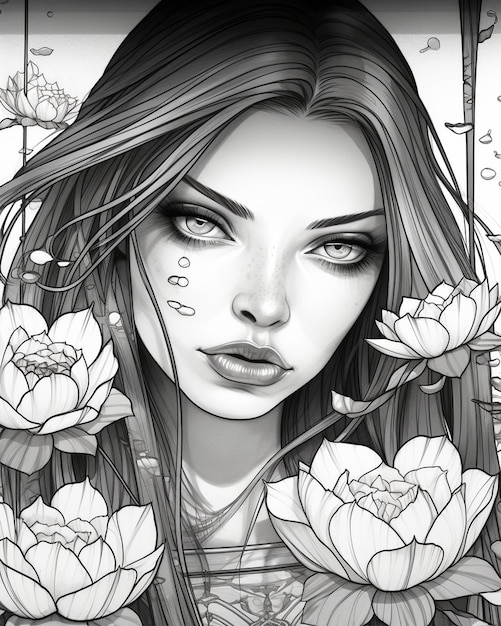
Shojo manga, targeted towards a young female audience, distinguishes itself through its focus on relationships, emotional depth, and artistic designs, providing a rich and immersive reading experience.
Dive into the captivating world of shojo manga, a genre specifically tailored to young female readers, where heartfelt stories, visually stunning art, and relatable characters intertwine to create unforgettable reading experiences.
What is Shojo Manga?
Shojo manga, directly translated as “girls’ comics,” is a diverse category of Japanese manga designed primarily for a young female readership. It’s more than just a genre; it’s a cultural phenomenon that explores themes, art styles, and storytelling techniques distinct from other manga categories.
Unlike shonen manga (aimed at young boys), which often focuses on action, adventure, and competition, shojo manga tends to delve into the complexities of relationships, emotions, and personal growth. This emphasis allows for a richer exploration of character development and narrative depth.
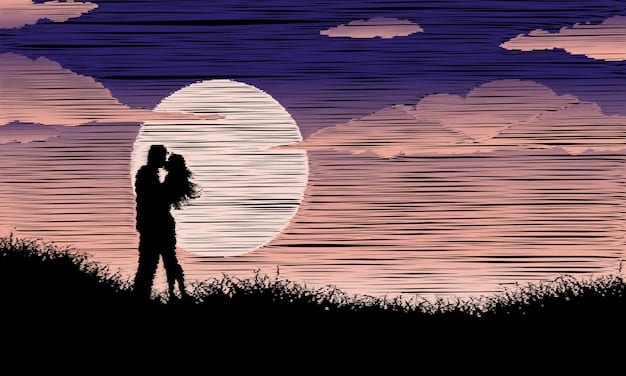
Key Characteristics of Shojo Manga
Shojo manga is characterized by elements that cater its particular audience.
- Emphasis on Relationships: Romantic relationships often take center stage, but shojo also explores friendships, family dynamics, and other interpersonal connections.
- Emotional Depth: Characters grapple with complex emotions, allowing readers to connect with their struggles and triumphs.
- Artistic Style: Shojo manga is renowned for its visually appealing artwork, often featuring large, expressive eyes, delicate lines, and detailed backgrounds.
- Varied Themes: While romance is a common thread, shojo manga encompasses a wide range of themes, from school life and fantasy to historical drama and science fiction.
Shojo manga is an immersive and emotionally engaging experience, offering readers a relatable and visually appealing journey through the complexities of human relationships and personal growth. It appeals to a broad audience, not only young girls.
History and Evolution of Shojo Manga
The origins of shojo manga can be traced back to the early 20th century, with the emergence of girls’ magazines that featured illustrated stories and comics. These early works laid the foundation for the shojo manga we know today.
The development of shojo manga has been shaped by cultural shifts, social changes and the contributions of pioneering manga artists. Here’s a glimpse into its history.
Pioneering Artists and Influential Works
Several artists during the 70’s stand out as pivotal figures in the evolution of shojo manga, pushing boundaries.
- Osamu Tezuka: Known as the “God of Manga,” Tezuka’s contributions to shojo manga include innovative storytelling techniques and character designs.
- Moto Hagio: Hagio’s groundbreaking works challenged traditional gender roles and explored complex psychological themes.
- Riyoko Ikeda: Ikeda’s historical romance, “The Rose of Versailles,” revolutionized the genre with its epic scope and strong female lead.
- Keiko Takemiya: Takemiya’s use of experimental layouts and visual metaphors paved the way for future generations of shojo artists
Through these pioneering artists, shojo manga has evolved from simple narratives to complex and thematically rich works that pushed the boundaries of storytelling and visual expression.
Common Themes in Shojo Manga
Shojo manga covers a wide range of themes, reflecting experiences and interests of young girls. While romance stands out, shojo manga explores a lot more.
Lets take a look at the most common themes across shojo manga.
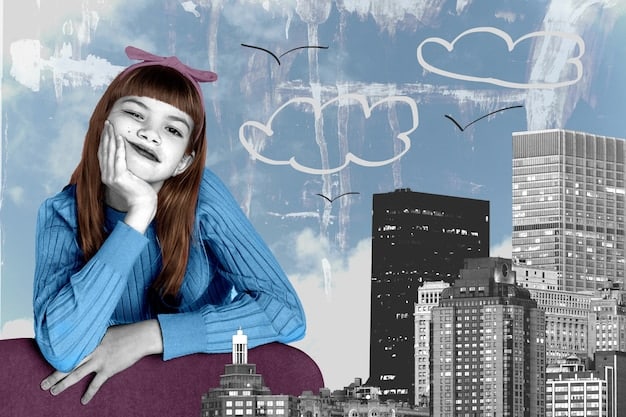
Exploring Universal Experiences
Beyond romance, shojo manga delves into themes that resonate with readers of all backgrounds.
- Friendship: The importance of strong female friendships often takes center stage, showcasing the power of companionship and support.
- Self-Discovery: Characters embark on journeys of self-discovery, exploring their identities, values, and aspirations.
- Family Dynamics: Shojo manga examines the complexities of family relationships, including sibling rivalries, parent-child bonds, and the challenges of growing up.
Shojo manga skillfully integrates these themes into compelling narratives, creating stories. By tackling these universal themes, shojo manga creates a stronger impact to its audience, helping them feel seen and understood.
The Art of Shojo Manga: Visual Storytelling
The artistic style of shojo manga is as integral to its appeal as the stories it tells. Character designs, panel layouts and the use of visual metaphors create a rich and immersive reading experience.
Lets’ dive into art.
The Significance of Character Design
Character design is a fundamental aspect of shojo manga, influencing emotional impact of the story.
- Expressive Eyes: Large, luminous eyes are a hallmark of shojo manga, conveying a wide range of emotions and drawing readers into the characters’ inner worlds.
- Hairstyles: Intricate and flowing hairstyles add visual flair and contribute to the characters’ overall aesthetic.
- Clothing: Fashion plays a significant role, reflecting the characters’ personalities, social status, and emotional state.
The meticulous attention to detail in character design enhances the emotional impact of the story, allowing readers to connect with the characters on a deeper level. These designs, when combined, create a visually appealing world, greatly helping in storytelling.
Why Shojo Manga Matters
Shojo manga offers a unique and valuable perspective on the world, shaping minds. Its impact extends beyond providing entertainment.
The following are some of the reasons shojo manga matters so much.
Promoting Empathy and Understanding
Shojo manga nurtures in its audience. It also serves as a voice for underrepresented communities.
- Exploring Diversity: Many shojo manga stories feature diverse characters and perspectives, promoting inclusivity and understanding.
- Challenging Stereotypes: By subverting traditional gender roles and societal expectations, shojo manga encourages readers to question and challenge stereotypes.
- Building Bridges: Shojo manga can serve as a cultural bridge, connecting readers from different backgrounds through shared emotions and experiences.
Shojo manga’s dedication to inclusivity helps its audience connect with different cultures, nurturing a sense of understanding within themselves.
How to Get Started with Shojo Manga
For newcomers, the world of shojo manga can seem vast. Choosing where to start is key.
The following are somethings to help you get started.
Finding Your First Shojo Manga
To ease your introduction to shojo manga, focus on the following.
- Explore Different Genres: Don’t limit yourself to romance; explore fantasy, science fiction, historical drama, and other genres within shojo manga.
- Read Online Reviews: Check out online reviews and recommendations to find titles that align with your interests.
- Visit Manga Stores: Browse the shojo manga section in your local bookstore or comic shop to discover new and popular titles.
- Join Online Communities: Engage with other fans in online forums and social media groups to discuss your favorite series and find recommendations.
With these guidelines, newcomers can confidently dive into the inviting world of shojo manga, making it easier to find manga that matches their own taste. This makes the journey easier and leads to better results.
| Key Point | Brief Description |
|---|---|
| 🎨 Visual Storytelling | Art style and character design are crucial for emotional impact. |
| 👧 Target Audience | Shojo manga is primarily aimed at young girls but appeals to various readers. |
| 💞 Common Themes | Focuses on relationships, emotions, and personal growth of its characters. |
| 📚 Diverse Genres | Encompasses romance, fantasy, historical drama, and science fiction. |
Frequently Asked Questions
▼
Shojo manga is defined by its focus on relationships, emotional depth, and visually appealing art styles, tailored mainly for a young female audience.
▼
The primary audience is young girls, but shojo manga attracts readers across different demographics due to its diverse genres and themes.
▼
Shojo manga commonly explores themes like romance, friendship, self-discovery, and family dynamics, providing a broad range of emotionally rich storylines.
▼
The art style enhances storytelling through expressive character designs, detailed backgrounds, and visual metaphors that amplify the emotional impact of the narrative.
▼
Yes, by promoting diversity, challenging stereotypes, and offering unique perspectives, shojo manga can significantly influence and broaden cultural perceptions among readers.
Conclusion
Shojo manga has carved out a unique space in the world of comics and graphic novels, with its emphasis on relationships, emotional depth, and visually striking art. Whether you’re a longtime fan or a curious newcomer, exploring the diverse world of shojo manga offers a rewarding and enriching experience.
